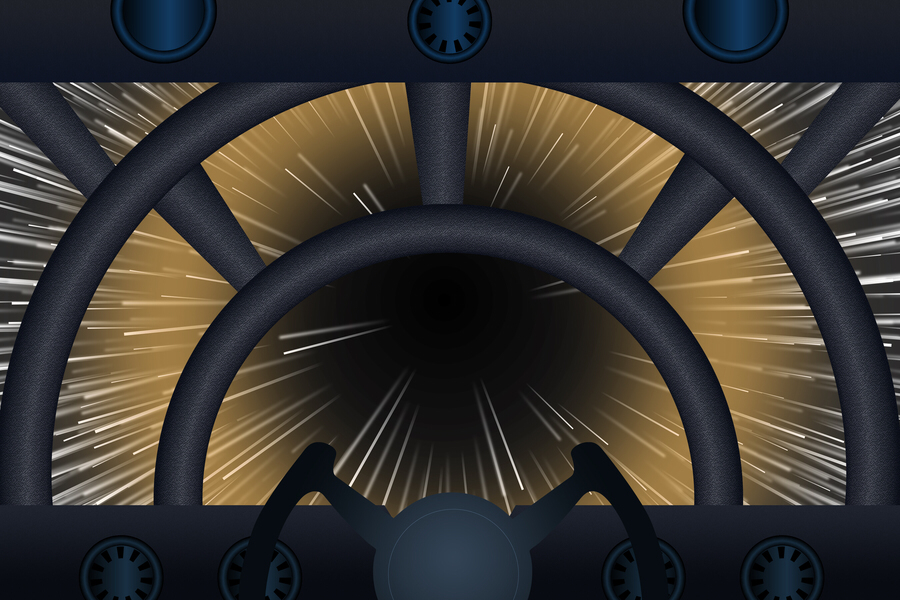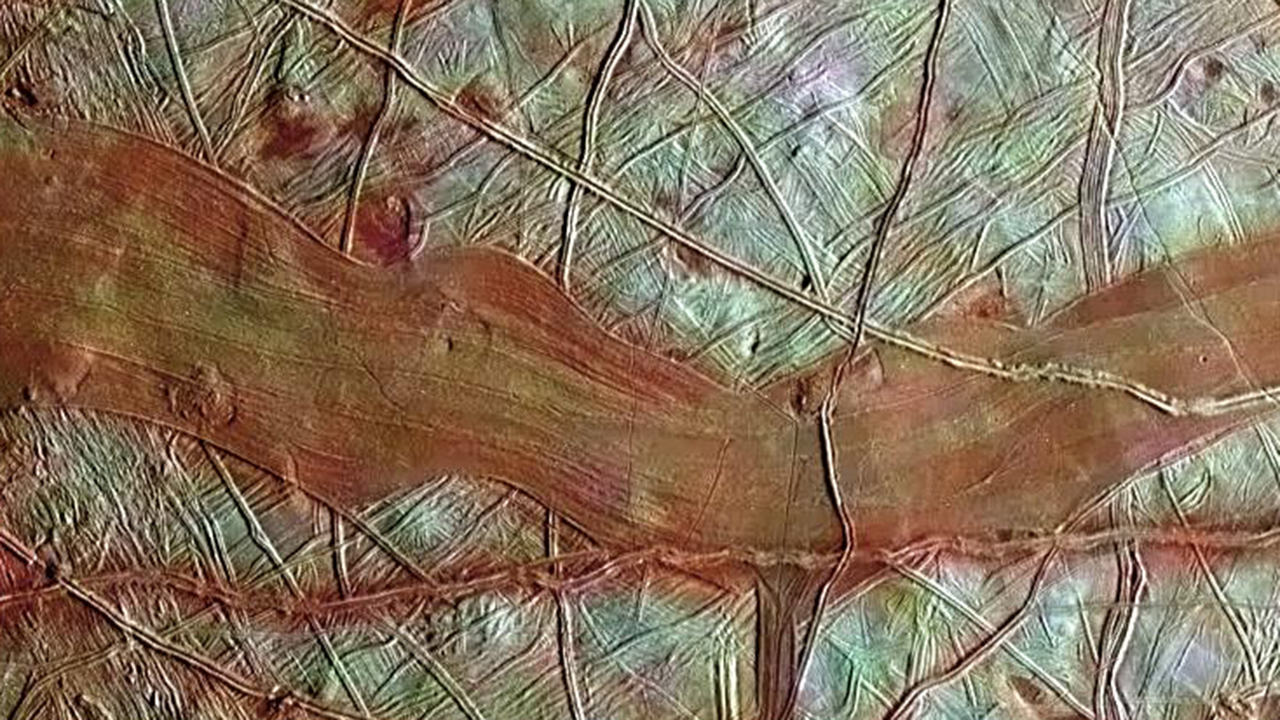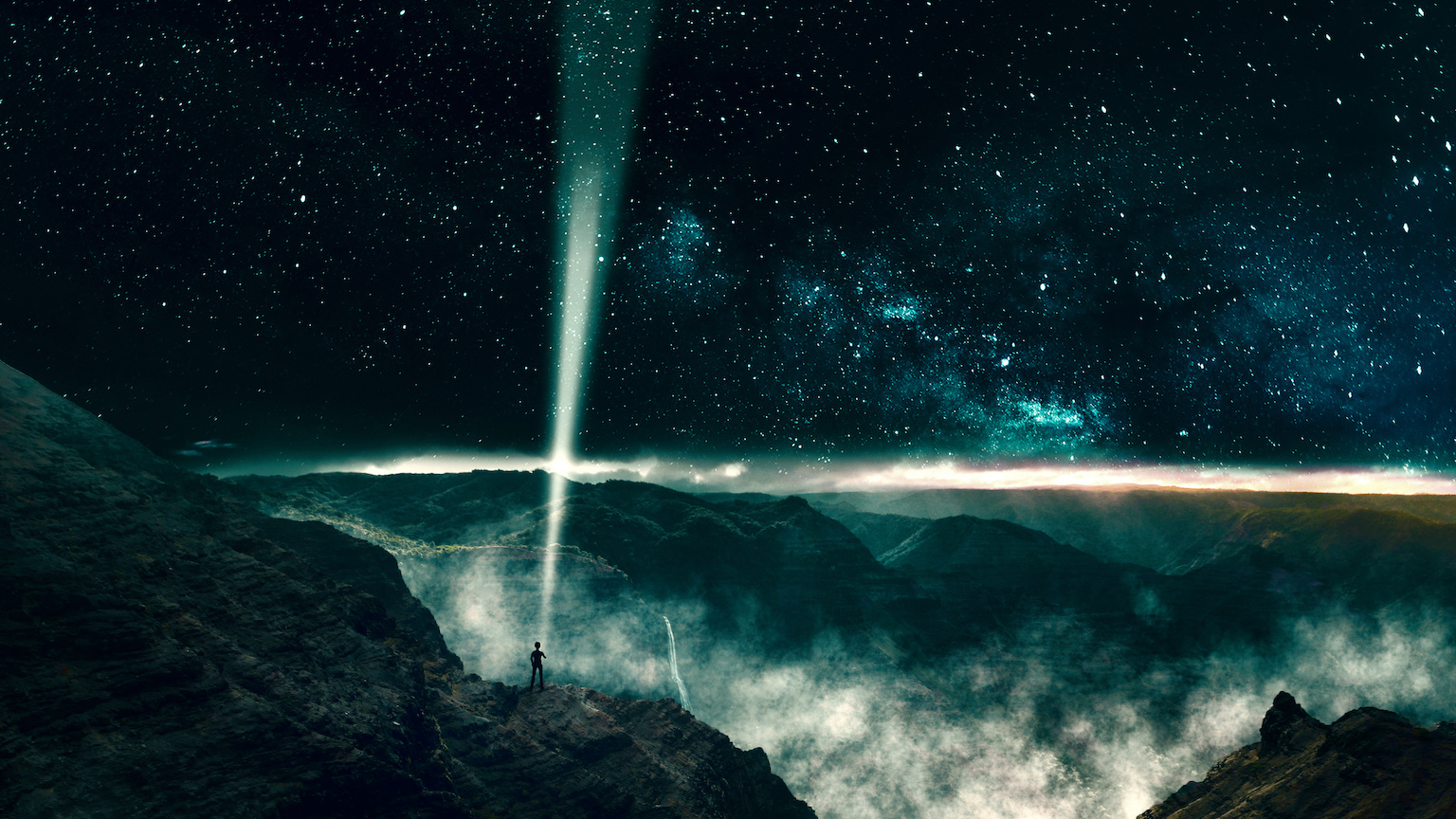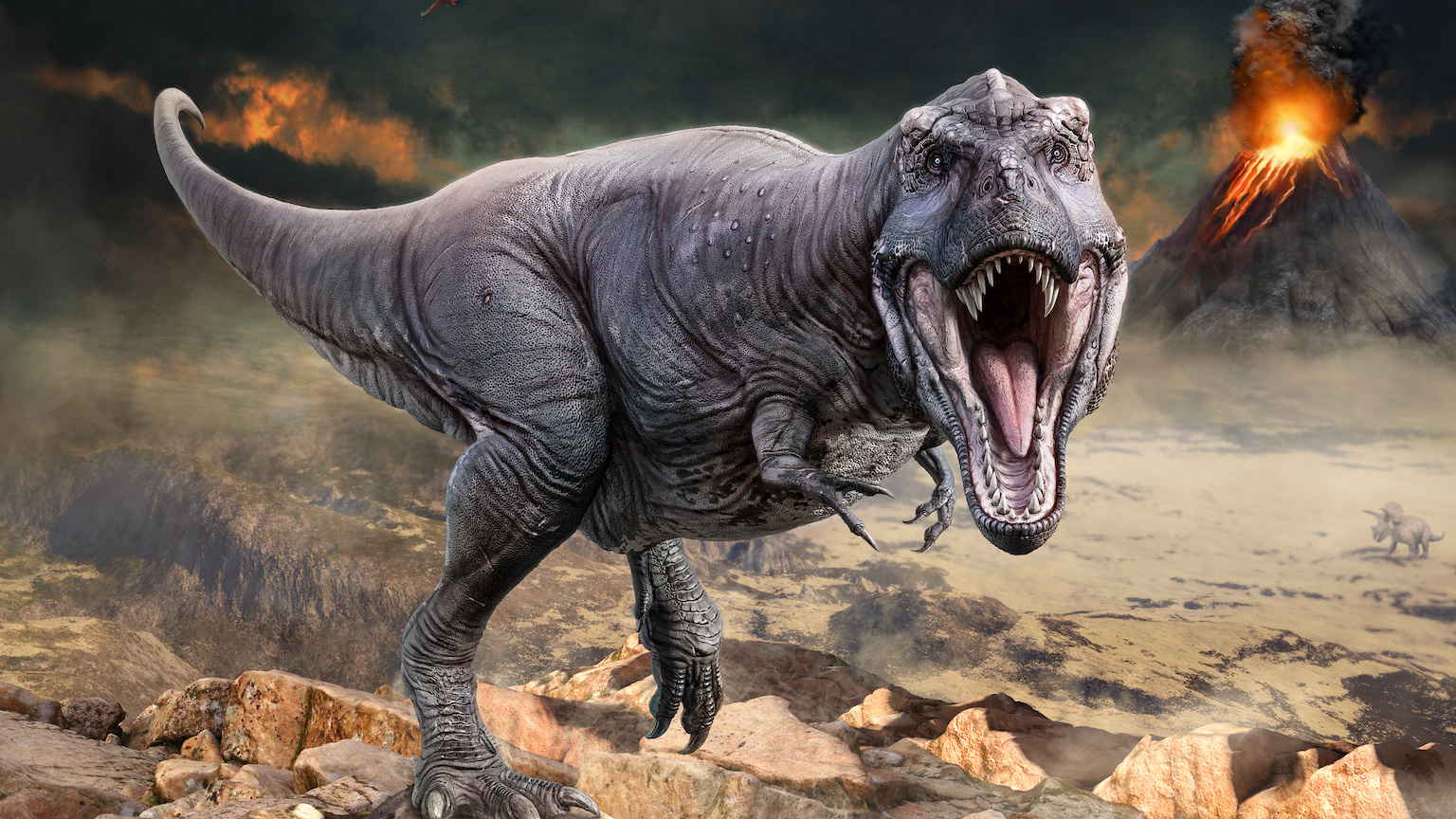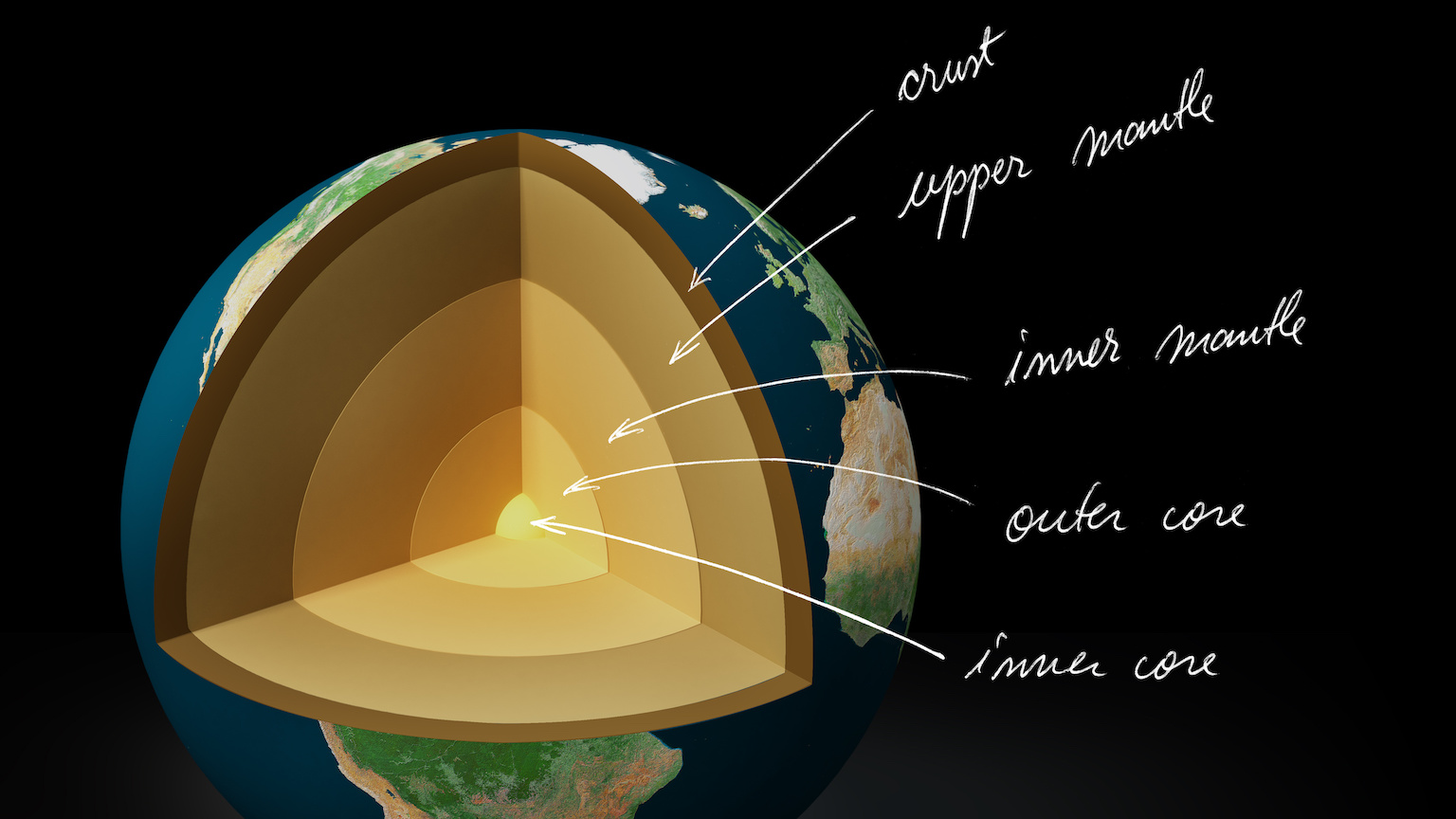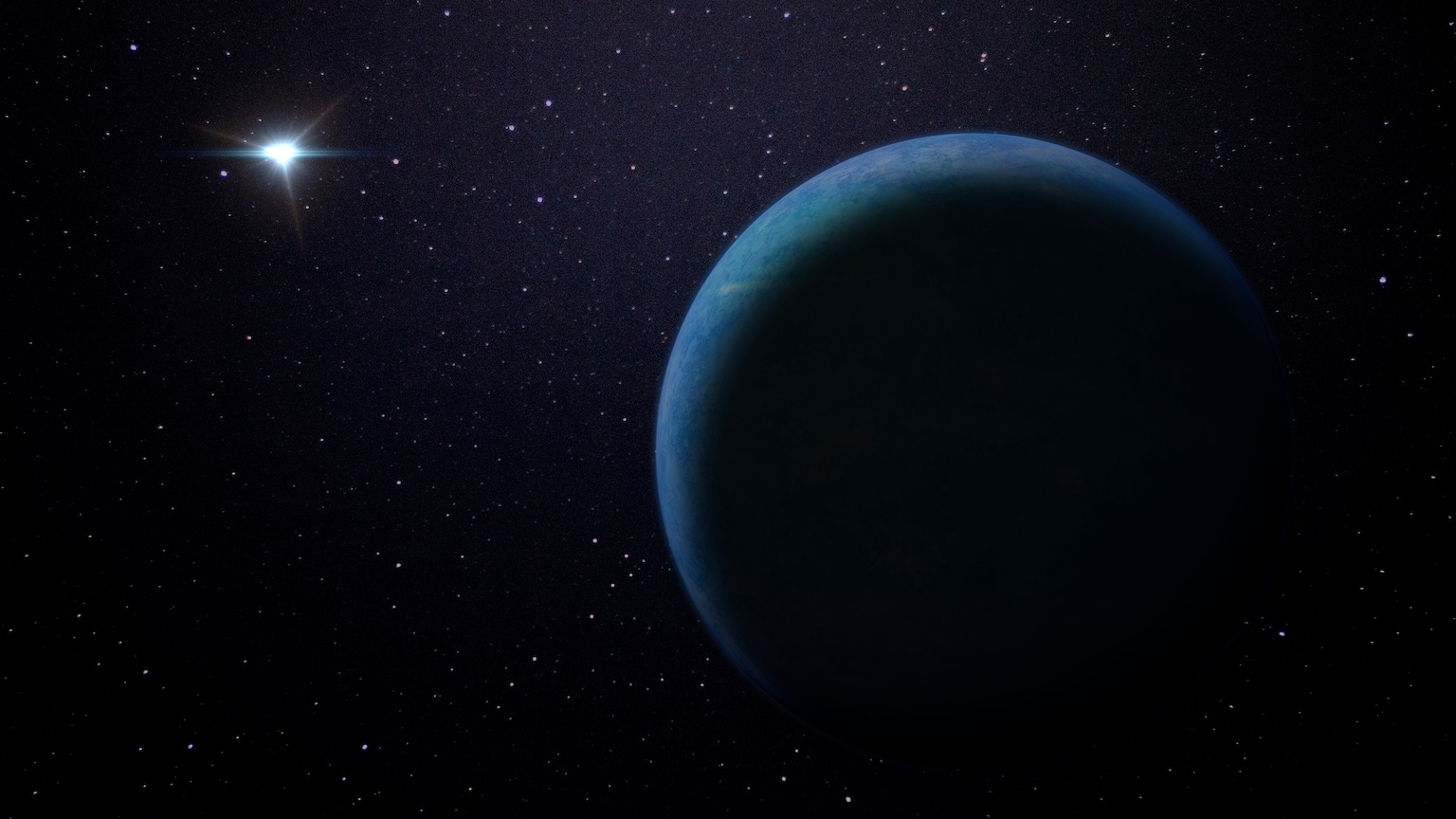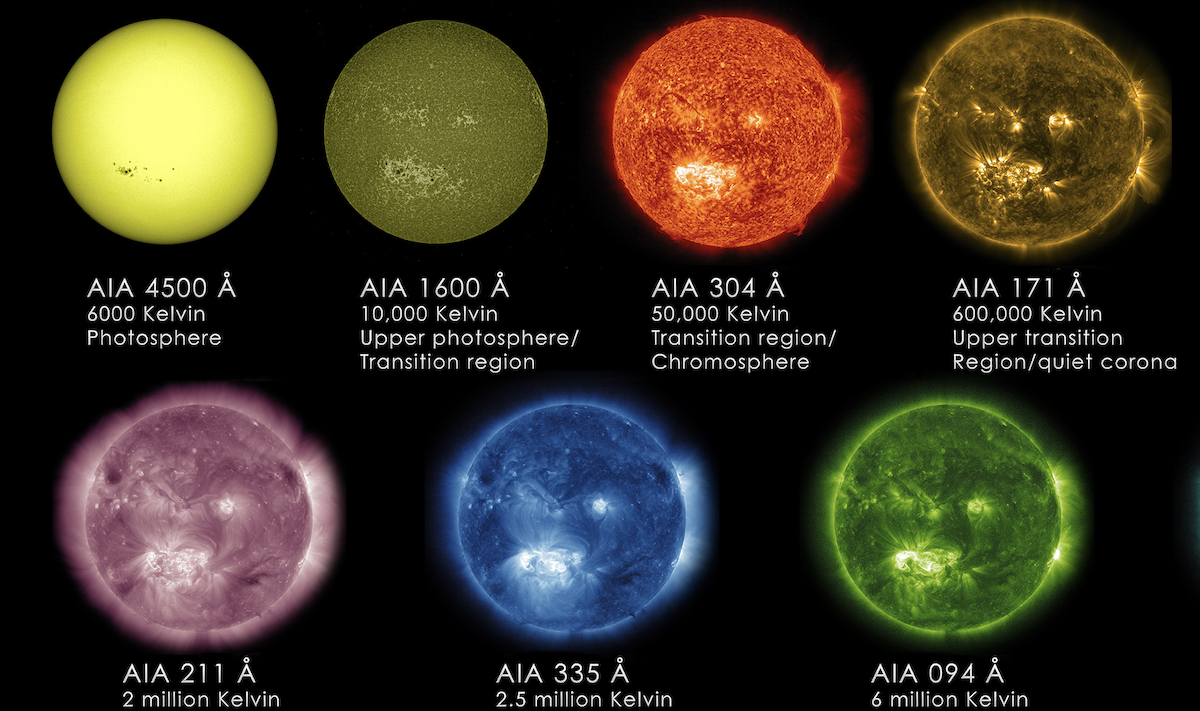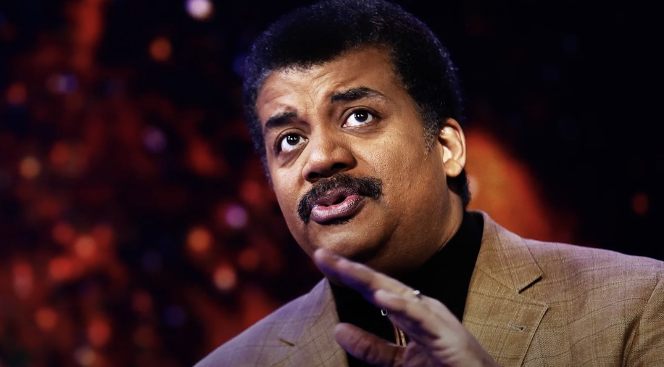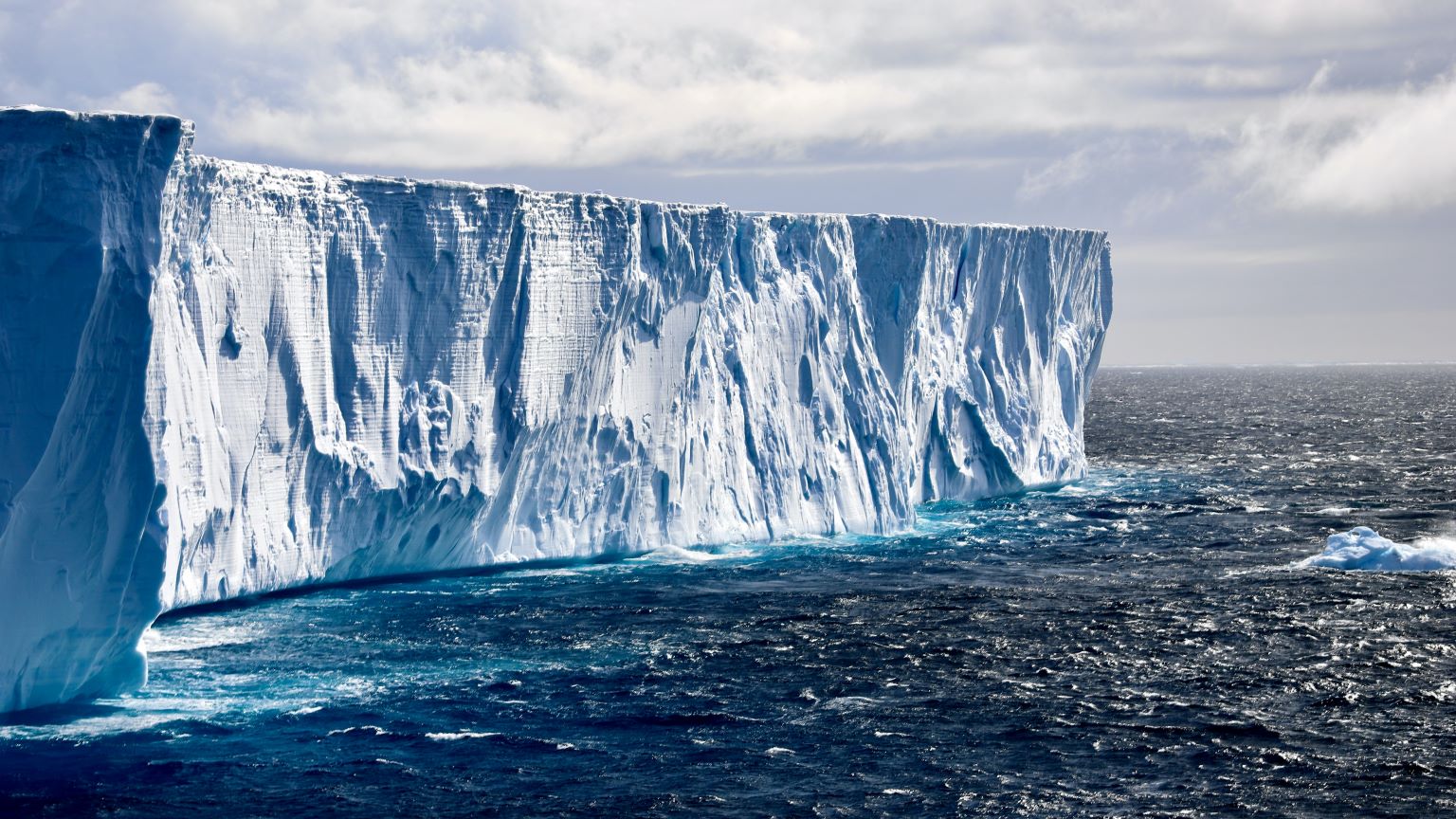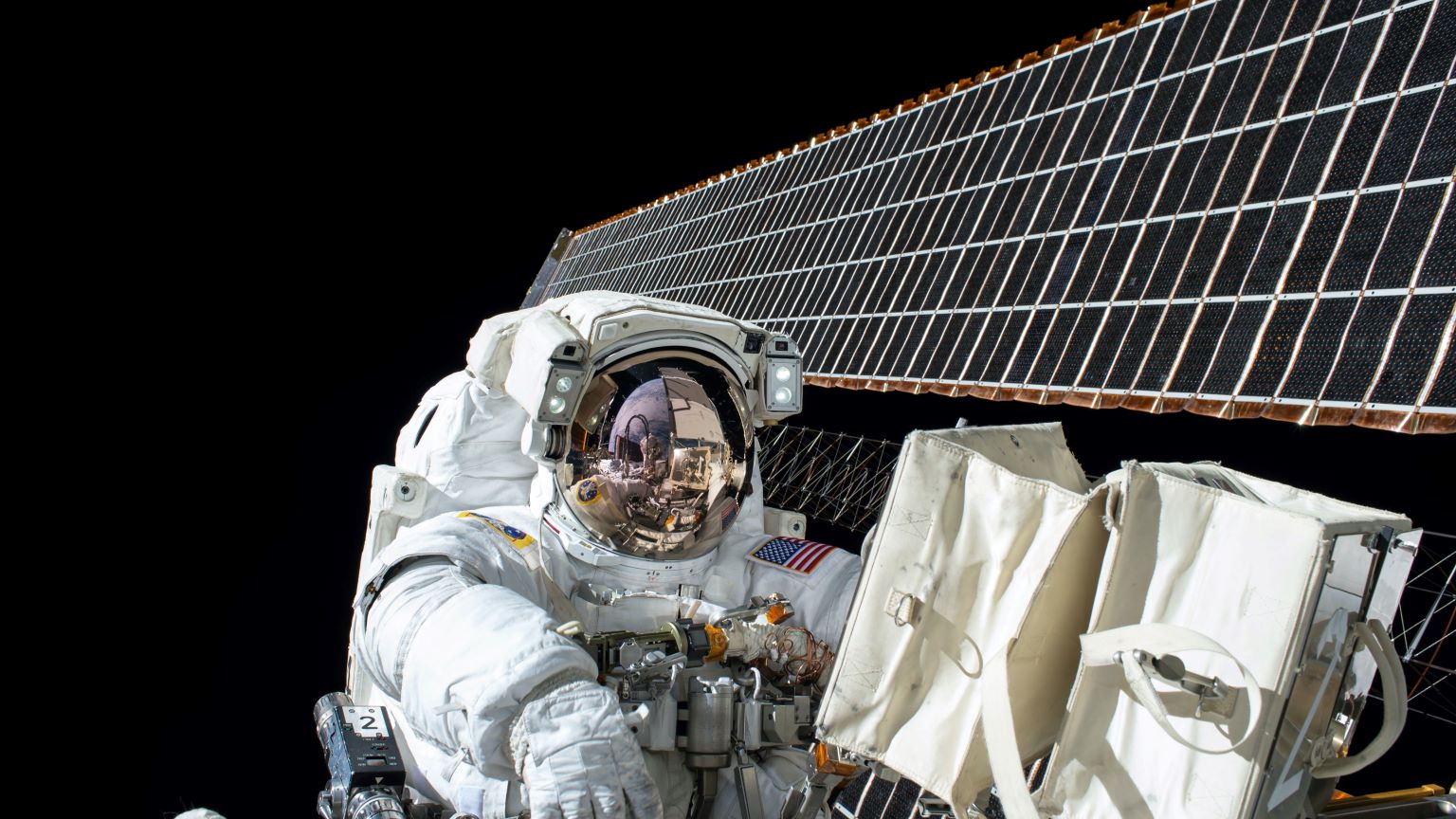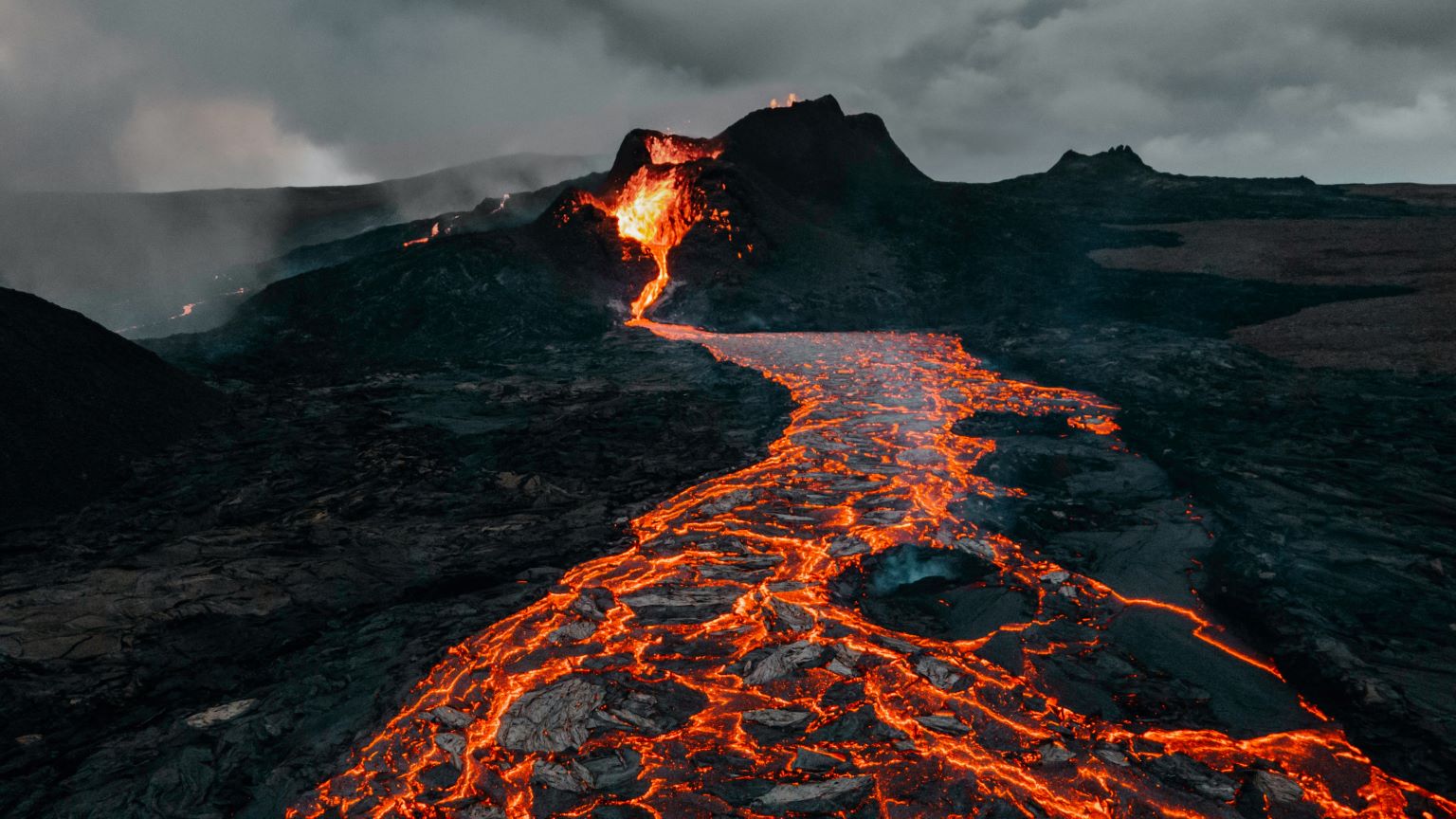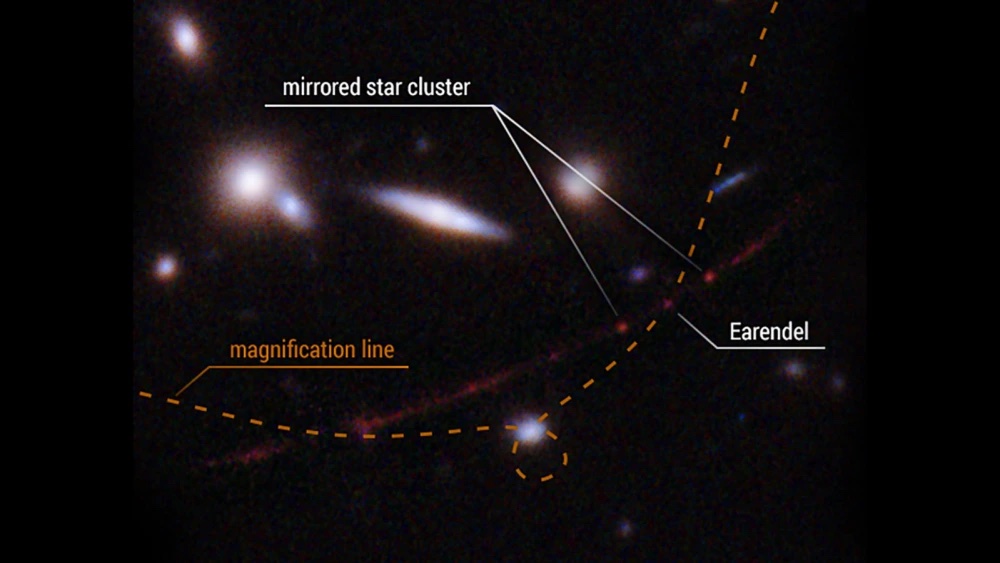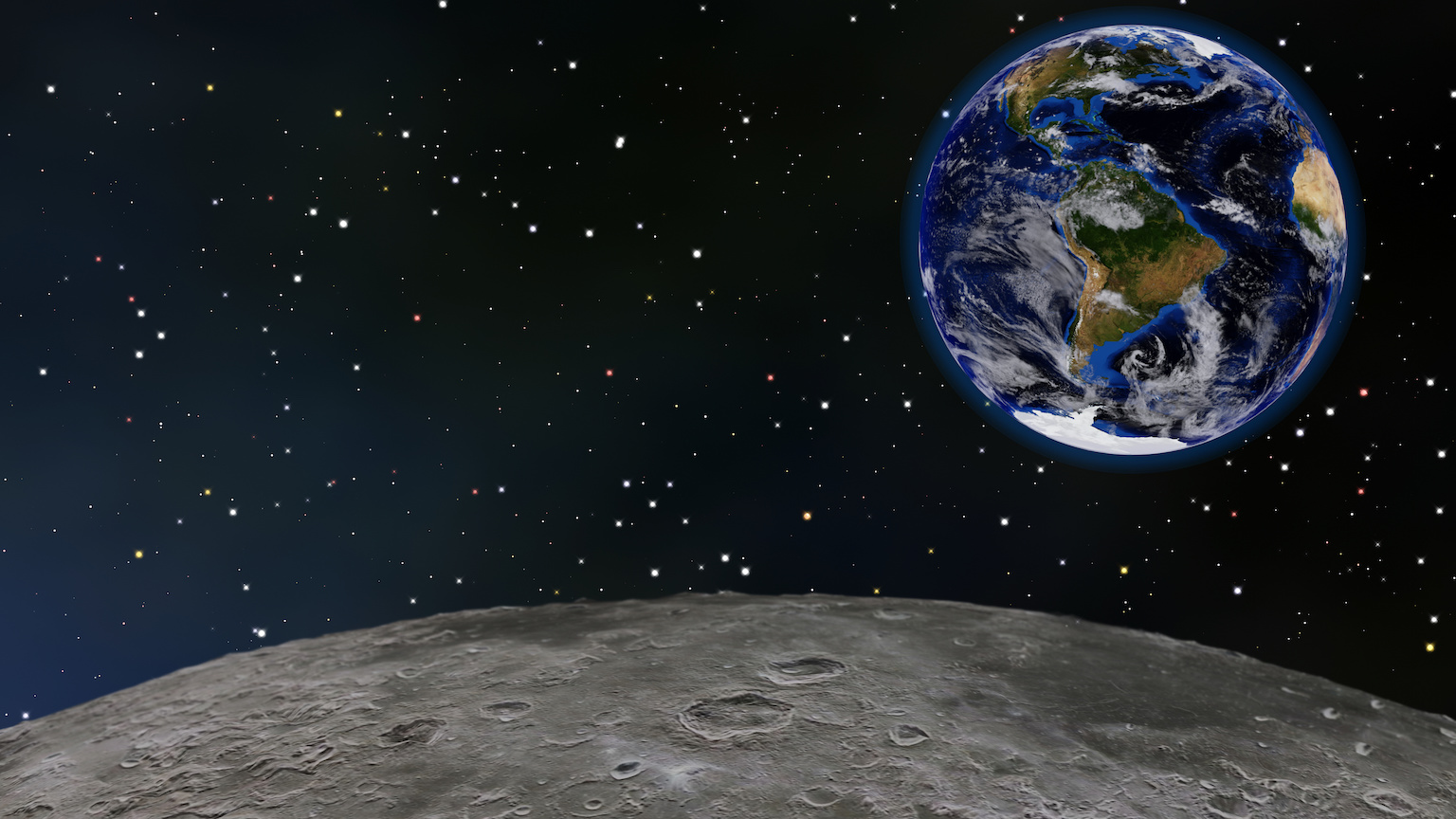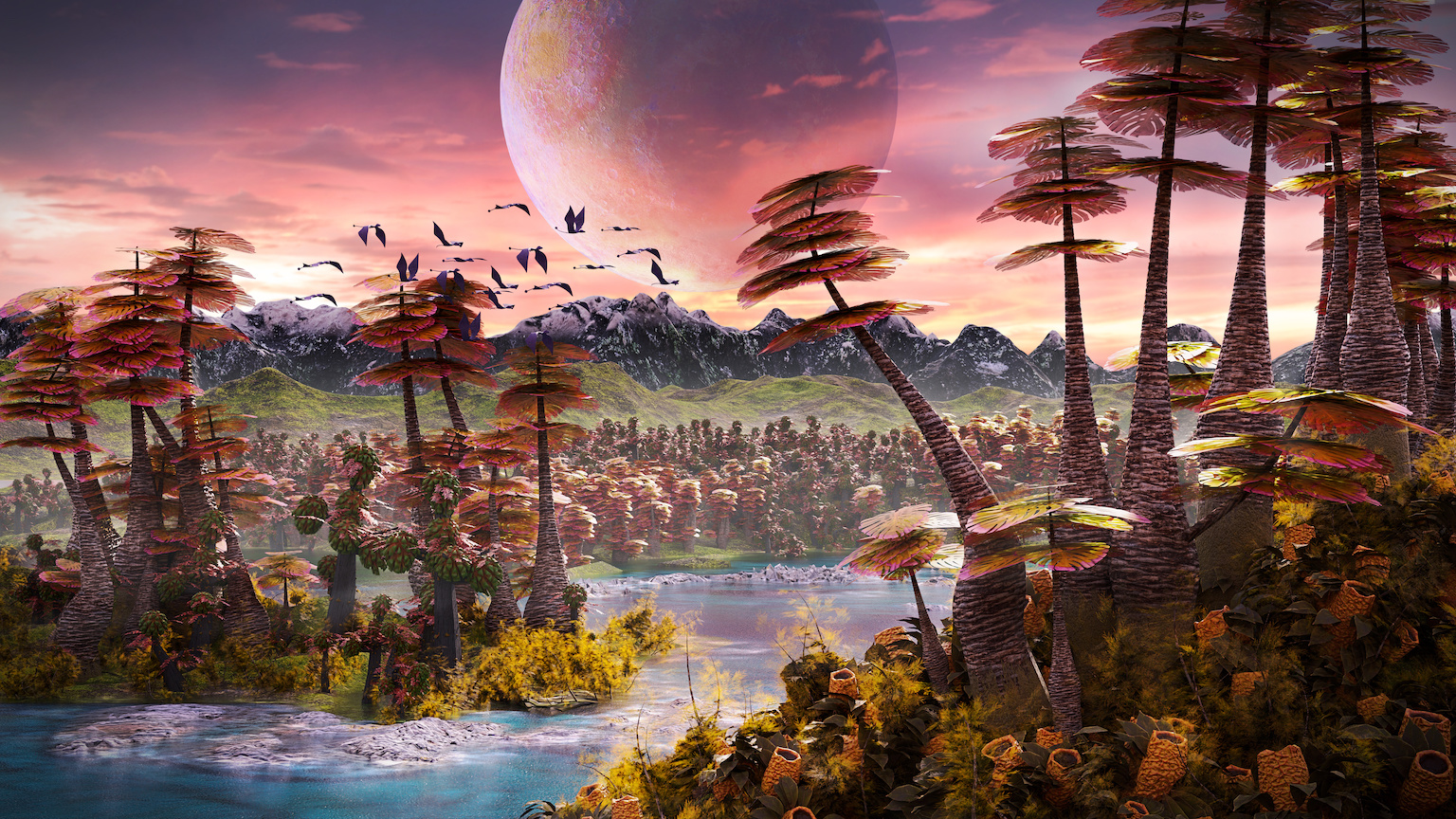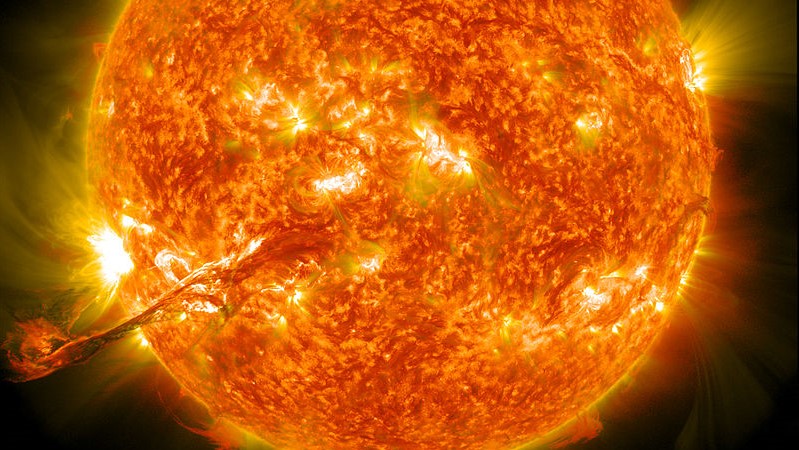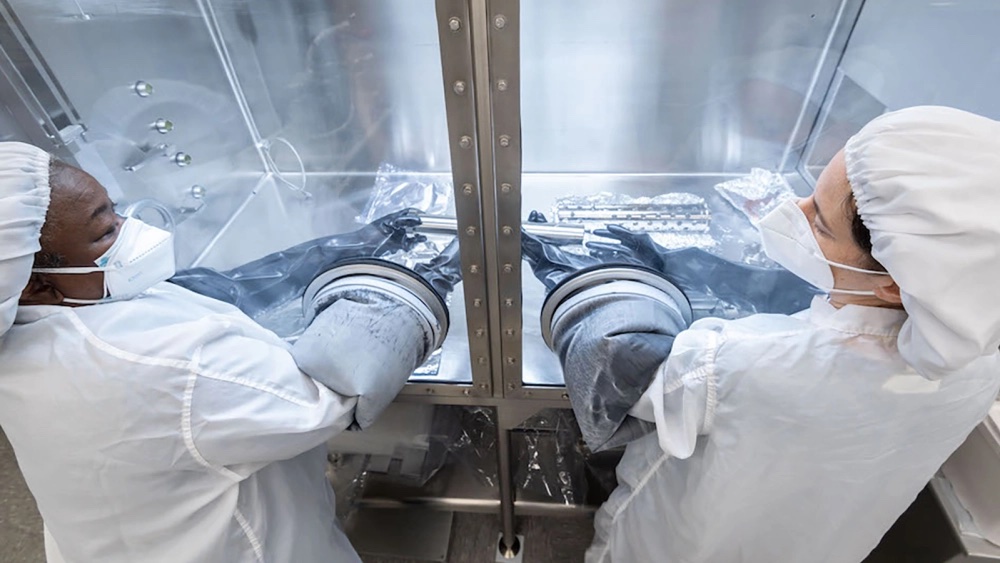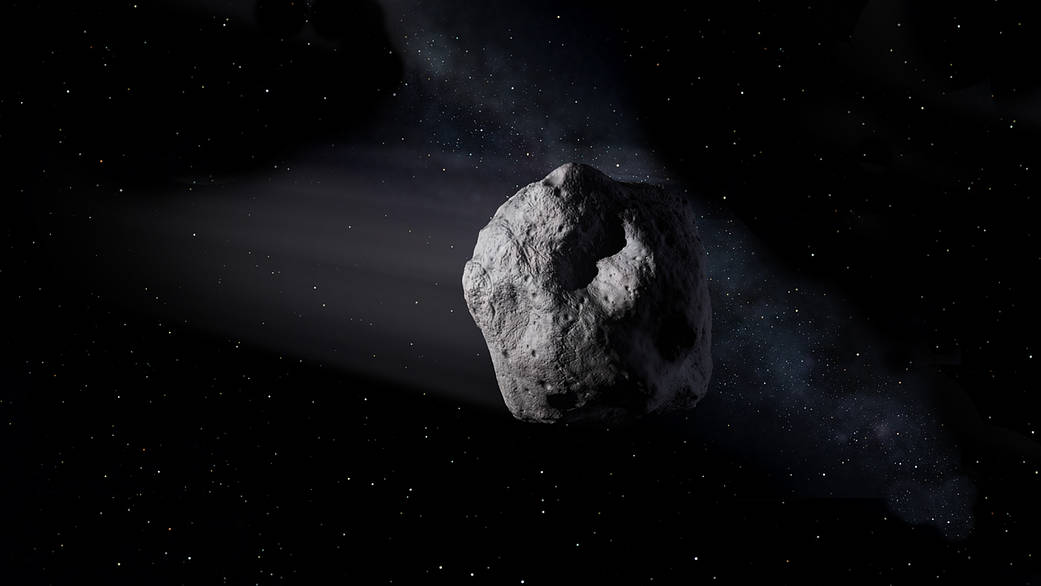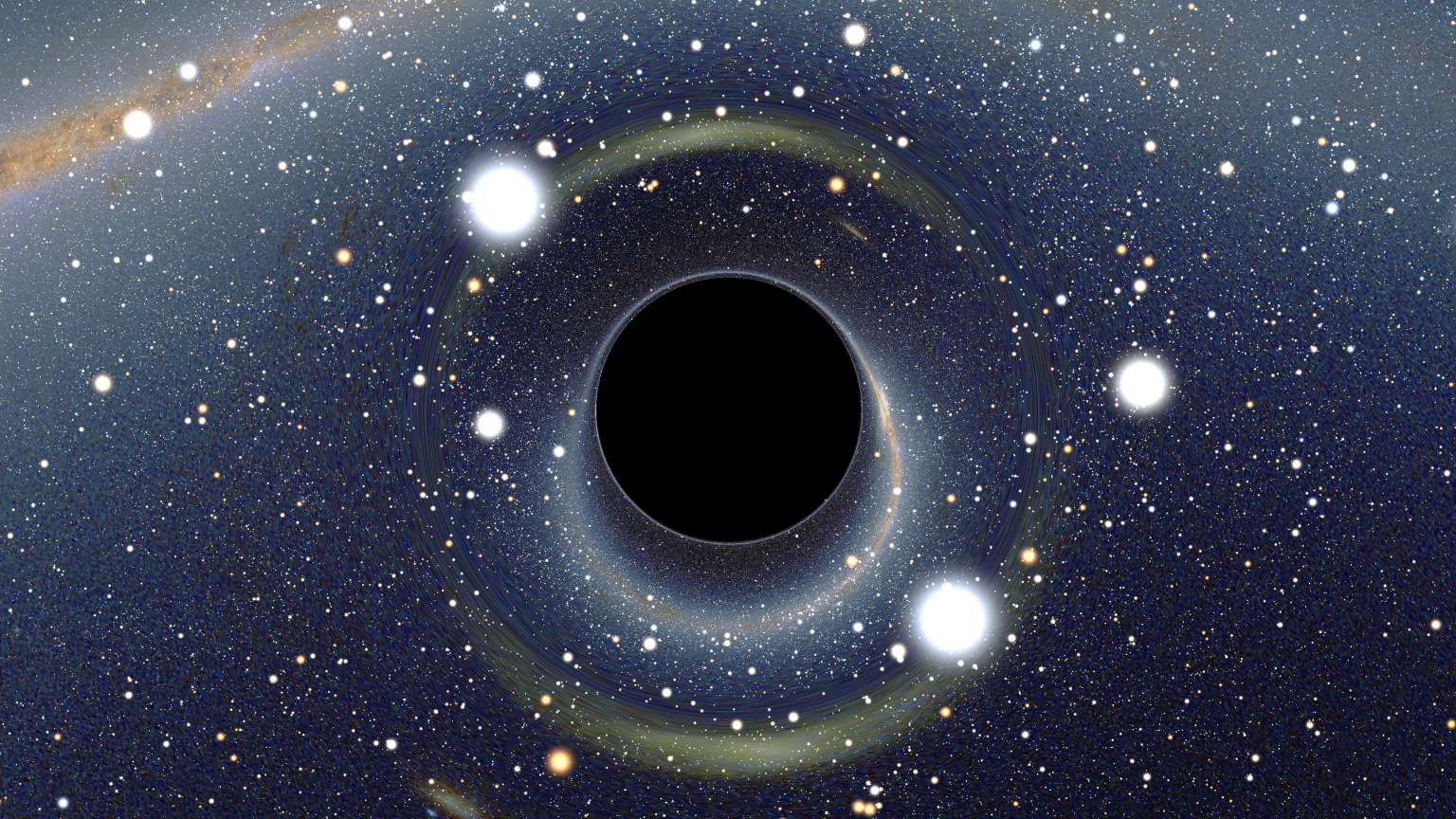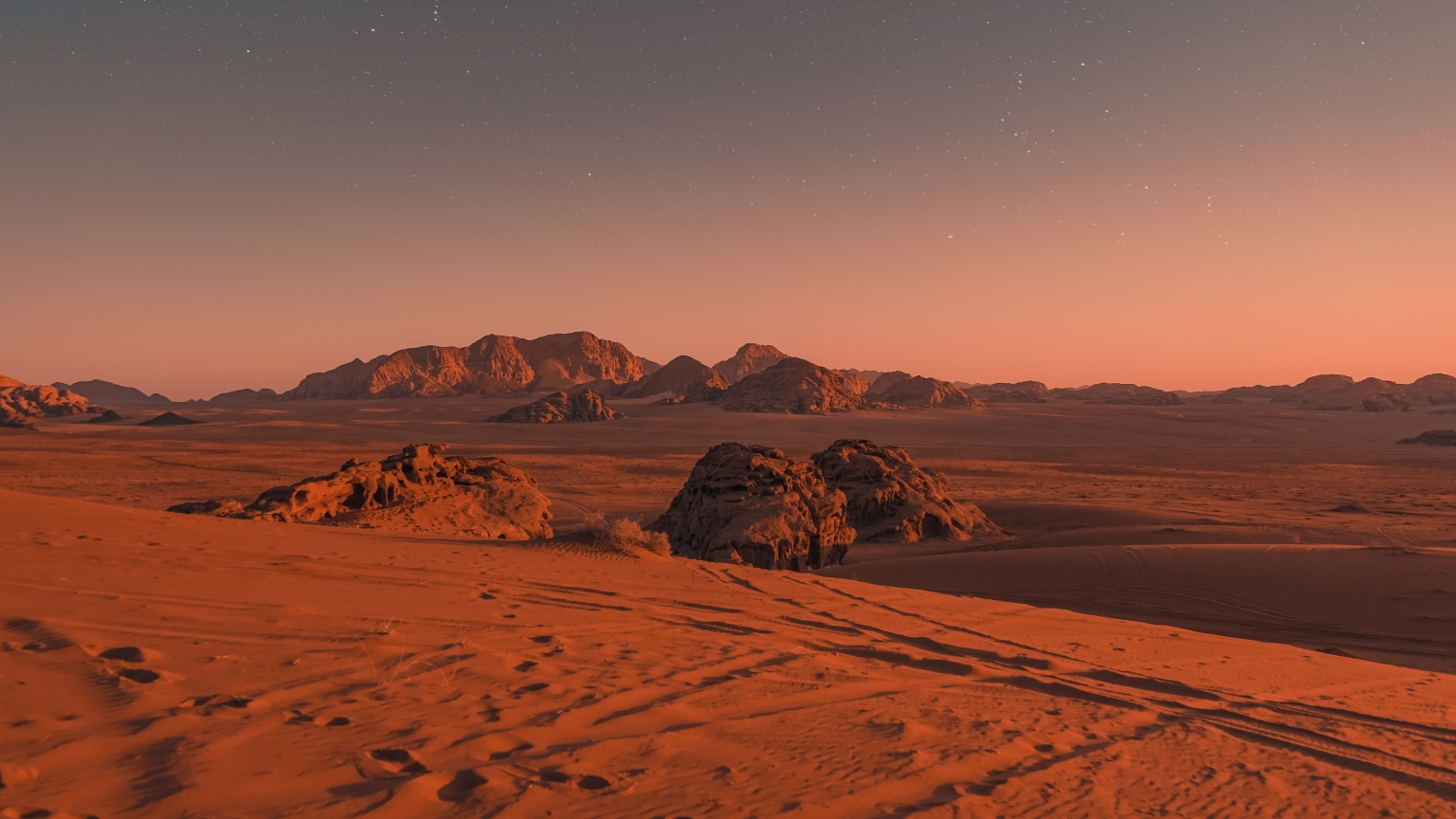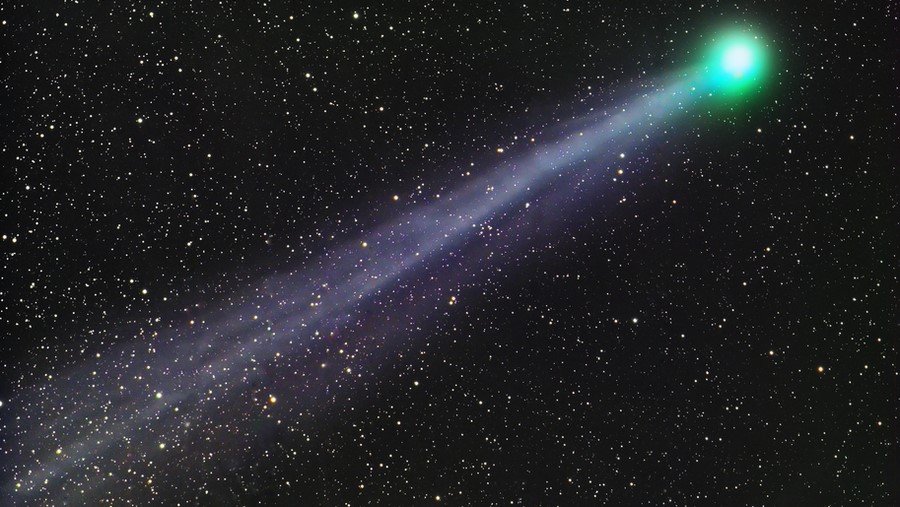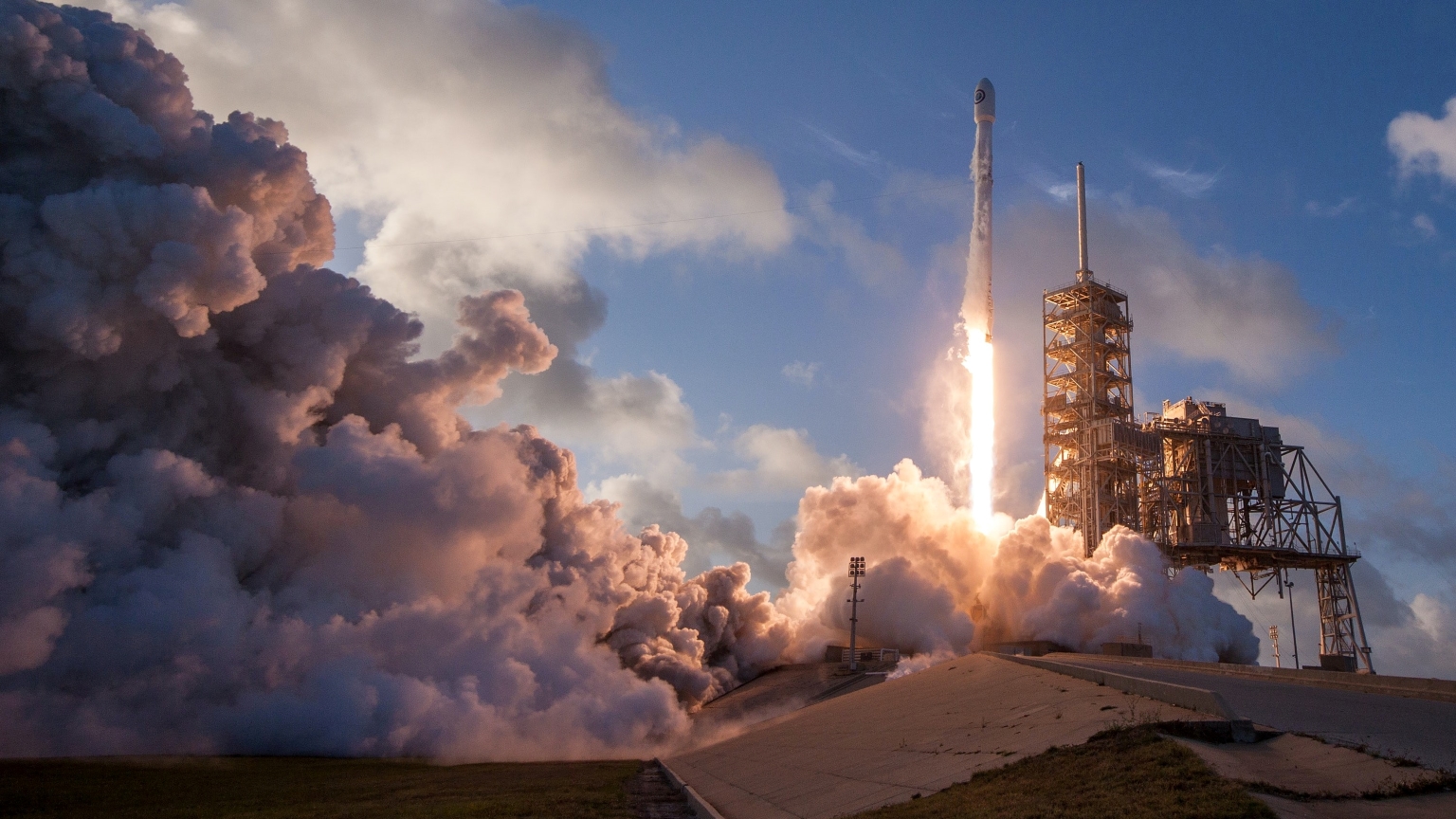Hard Science
All Stories
Equations that describe time travel are fully compatible and consistent with relativity — but physics is not mathematics.
Could we finally detect the elusive Unruh effect?
Europa may be difficult to access. But if a recent study is correct, its subsurface ocean would be more accessible than previously thought.
Extremely precise atomic clocks are not just of theoretical interest; they could help detect impending volcanic eruptions or melting glaciers.
There are pros and cons to sending interstellar messages to aliens that may or may not exist.
Volcanic activity caused the end-Triassic mass extinction 200 million years ago. The dinosaurs survived and rose to dominance.
Ancient helium-3 from the dawn of time leaks from the Earth, offering clues to our planet’s formation. A key question is where it leaks from.
Pluto failed to meet the definition of a planet, but some astronomers think there might be a legitimate Planet 9 out there.
The European Space Agency’s Solar Orbiter recently captured images that could help scientists better under the mysterious physics of our Sun.
Dr. Tyson explains where we might find aliens, why “dark matter” is a misleading term, and why you can blame physics for your favorite team’s loss.
A floating platform the size of Rome collapsed off of Antarctica.
An optical telescope with a massive 20-foot (6-meter) mirror has an eye-popping price tag of $11 billion.
Scientists have known blobs existed for a long time, but how they have behaved over Earth’s history has been an open question.
Wander into the deep recesses of the mind and never return the same with these existentialist books.
The light from Earendel took 12.9 billion years to reach Hubble. The star is millions of times brighter than our Sun and 50 times as massive.
Due to a crust of carbon, the absence of oxygen, and constant bombardment from meteorites, the planet Mercury may be littered with diamonds.
On Nov. 13, 1946, a scientist dropped crushed dry ice from a plane into supercooled stratus clouds.
To study the origin of the Universe, we could build a constellation of six expensive spacecraft — or we could just use the Moon.
Multiple lines of evidence — physical, chemical, and biological — must converge for scientists to conclude that alien life has been found.
Forty Starlink satellites were destroyed earlier this year in a geomagnetic storm.
Knowing that technology would advance in the future, NASA put some moon rock samples into storage without opening them. Now, they have.
60% of all potentially dangerous asteroids remain undetected.
Gigantic ranges called “supermountains” formed twice in Earth’s history, and they may have had a profound influence on evolutionary history.
Astronomers used supercomputers and an international network of antennas to create the stunning map.
A new method of extracting rare-earth elements could put us on the track toward a circular economy.
Our research on a Martian meteorite provides new clues about early surface conditions on the red planet.
“When molecules misbehave, it can lead to great insight.”
Nearly 200 orbital launches are scheduled for 2022.
The quadratic formula isn’t just something that teachers use to torture algebra students. The Babylonians once used it to calculate taxes.
The Poisson distribution has everyday applications in science, finance, and insurance. To compare the results of some biomedical studies, more people ought to be familiar with it.

